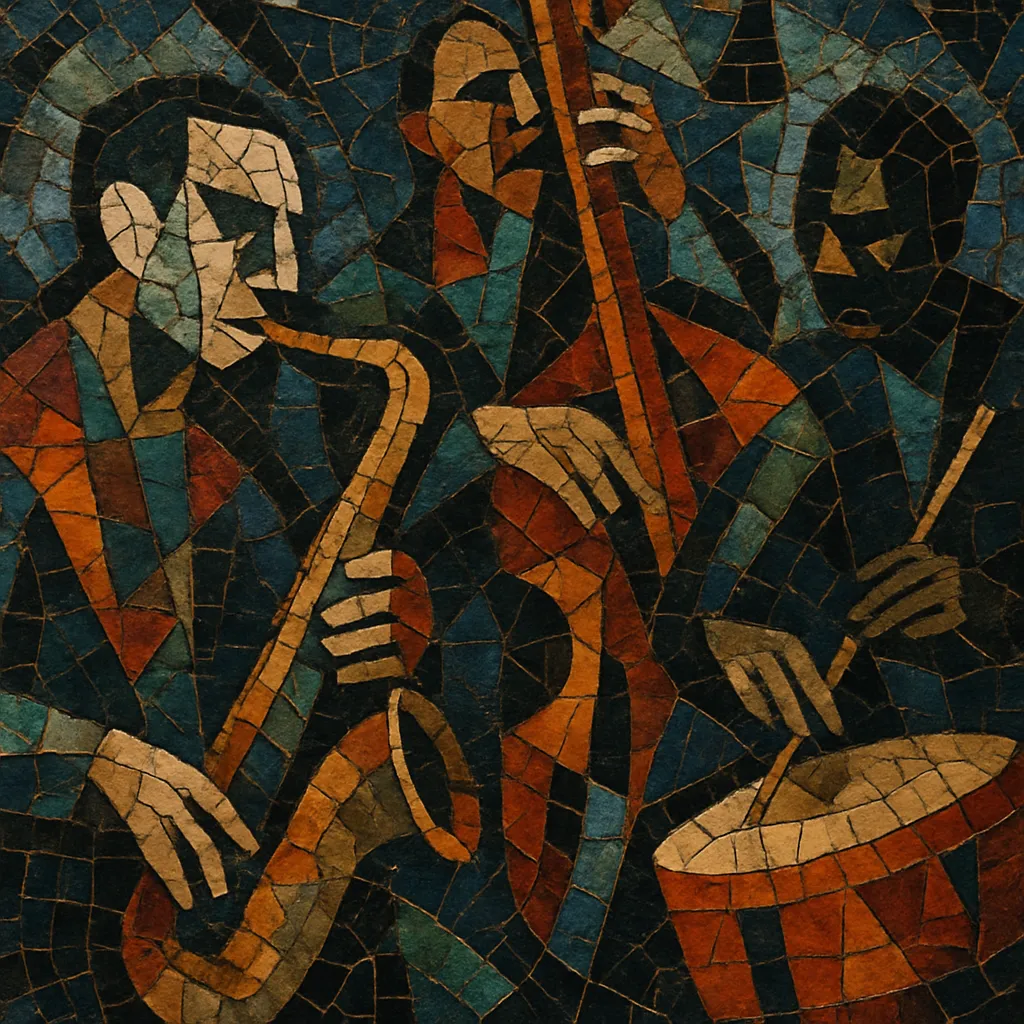Avant-garde jazz is a boundary-pushing current of jazz that privileges experimentation, collective improvisation, and timbral exploration over conventional song forms and chord progressions.
It often uses atonality or loose tonality, extended instrumental techniques, shifting or absent meters, and open forms. Ensembles may emphasize texture and density as much as melody and harmony, drawing as readily from modern classical music and non-Western traditions as from blues and bebop.
While sometimes intense or noisy, avant-garde jazz also embraces spaciousness and silence, allowing players to interact in real time without predetermined roles. The result is music that questions the limits of jazz itself, foregrounding sound, spontaneity, and social expression.
Avant-garde jazz crystallized in the late 1950s United States as musicians sought alternatives to bebop and hard bop’s complex chord changes. Pianist Cecil Taylor’s early recordings, Ornette Coleman’s The Shape of Jazz to Come (1959) and Free Jazz (1960), and Sun Ra’s Arkestra (active since the 1950s) established new approaches: liberated harmony, collective improvisation, and a broader sound palette shaped by modern classical thought and African diasporic traditions.
Through the 1960s, the movement accelerated. John Coltrane’s later work (e.g., Ascension, Meditations) expanded modal frameworks toward ecstatic, open forms. Albert Ayler, Eric Dolphy, Archie Shepp, and Pharoah Sanders brought raw timbres, multiphonics, and spiritual energy. The Association for the Advancement of Creative Musicians (AACM) in Chicago fostered composer-improvisers like Anthony Braxton and the Art Ensemble of Chicago, codifying a vision of “creative music” that used theater, percussion arsenals, and non-standard instrumentation. Labels such as Impulse! and ESP-Disk documented the scene.
In 1970s New York, the loft-jazz scene offered artist-run spaces where new ensembles could experiment outside commercial circuits. The aesthetic also resonated internationally: European improvisers including Peter Brötzmann and Evan Parker (and related UK free improvisation circles) developed distinct dialects of avant-garde practice. Some musicians crossed into fusion, minimalism, and experimental rock, while others deepened non-idiomatic free improvisation.
By the 1980s, avant-garde jazz had a firmer institutional footing via festivals, universities, and arts organizations, even as it remained an insurgent practice. The downtown New York scene (e.g., John Zorn) mixed game pieces, noise, and chamber sensibilities. In the 21st century, artists across the US, Europe, Africa, and Asia integrate electronics, global rhythmic concepts, and political narratives. The lineage continues in spiritual jazz revivals, electroacoustic hybrids, and community-based ensembles, maintaining avant-garde jazz as a living laboratory for sonic and social imagination.


